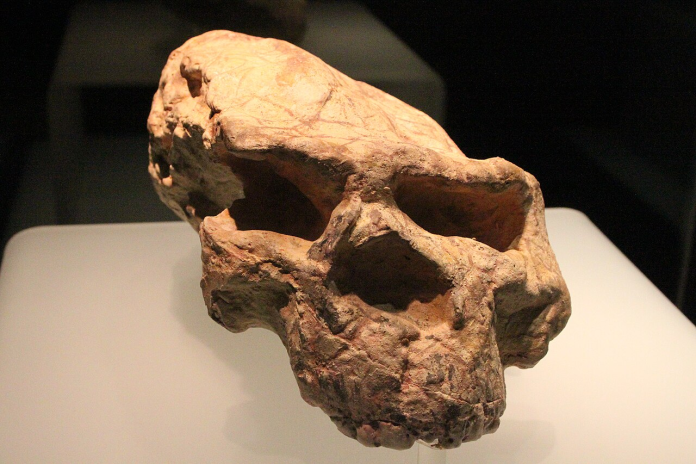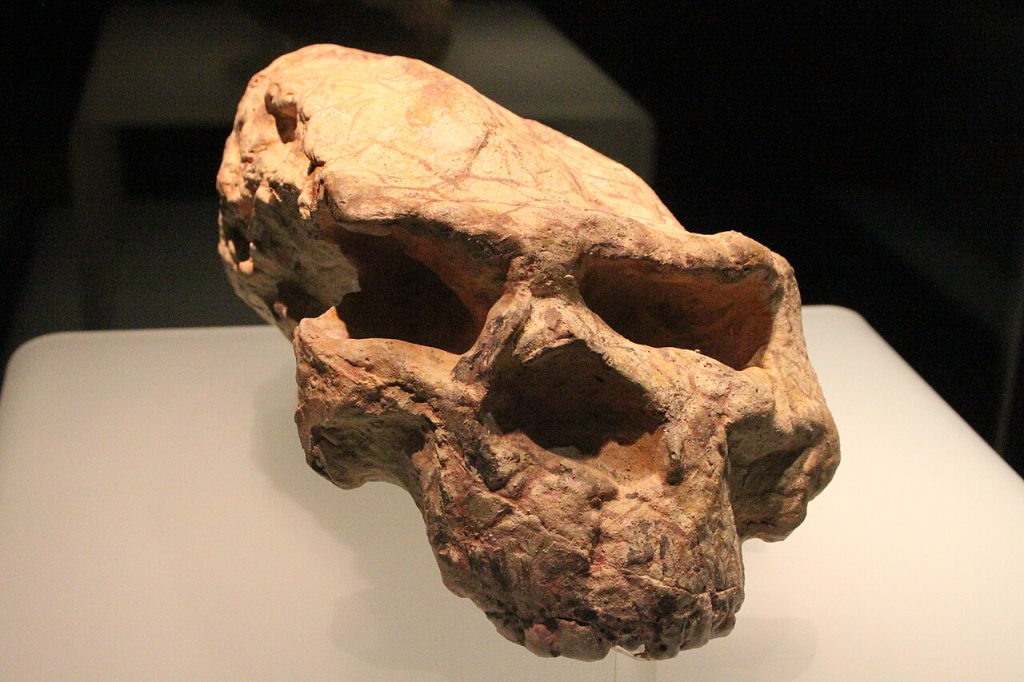
“Fossils like Yunxian 2 remind us of just how much we still have to discover about where we came from,” explained Chris Stringer, anthropologist at the London Natural History Museum. Those are his words highlighting a discovery that may change the timeline of the origins of Homo sapiens by several hundred thousand years.
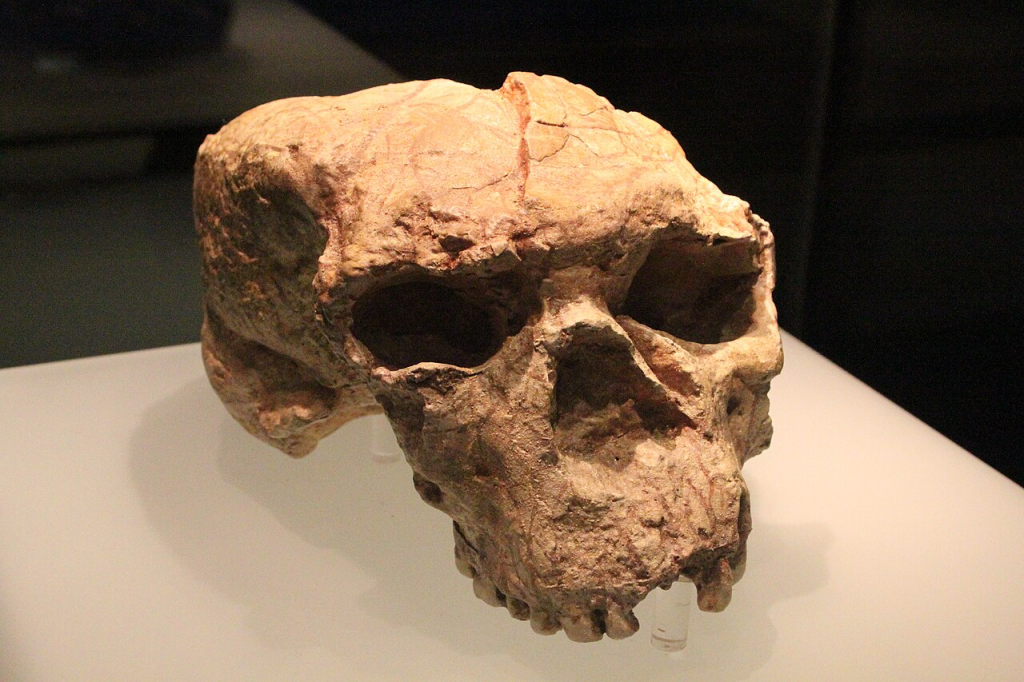
1. Rediscovering Yunxian 2
Discovered in China’s Hubei Province in 1990, the Yunxian 2 cranium was at first considered too deformed to provide conclusive evolutionary information. Its age of 0.94 to 1.10 million years had provisionally assigned it to Homo erectus, the earliest hominin with a human body plan. However, crushing and dislocation of the bone fragments had erased vital anatomical information, hiding its phylogenetic status for decades.
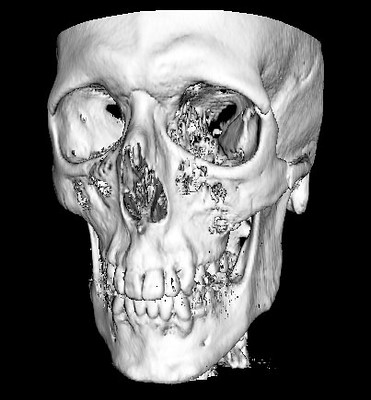
2. State-of-the-Art Digital Reconstruction
Recent advances in paleoanthropological imaging enabled a detailed restoration of Yunxian 2. Scientists used high-resolution CT scanning, structure light imaging, and digital segmentation to strip away fossil bone from matrix. Fragment repositioning recasted distortions without adding speculative geometry. This strict process exposed a large, elongated cranium with flat, broad braincase features hitherto hidden by damage.
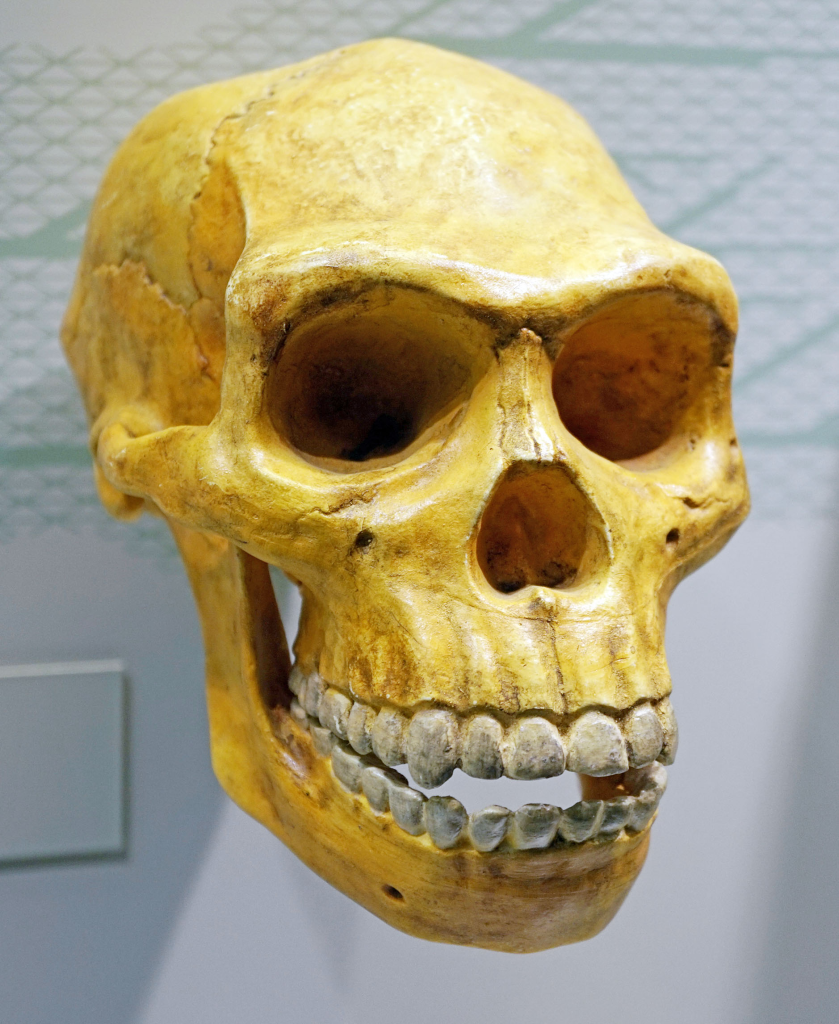
3. Mosaic of Primitive and Derived Traits
The reconstructed skull mixes features dramatically in combination. It has primitive features including supraorbital torus thick, palate broad, and low cranial vault suggestive of Homo erectus. It does not, however, possess the sharply angled occipital bone of the H. erectus or occipital bun of Neanderthals. Inherited traits more restricted interorbital width, longer frontal bone, and more cranial capacity of about 1,143 cm³ are nearer later species such as Homo longi and Homo sapiens.
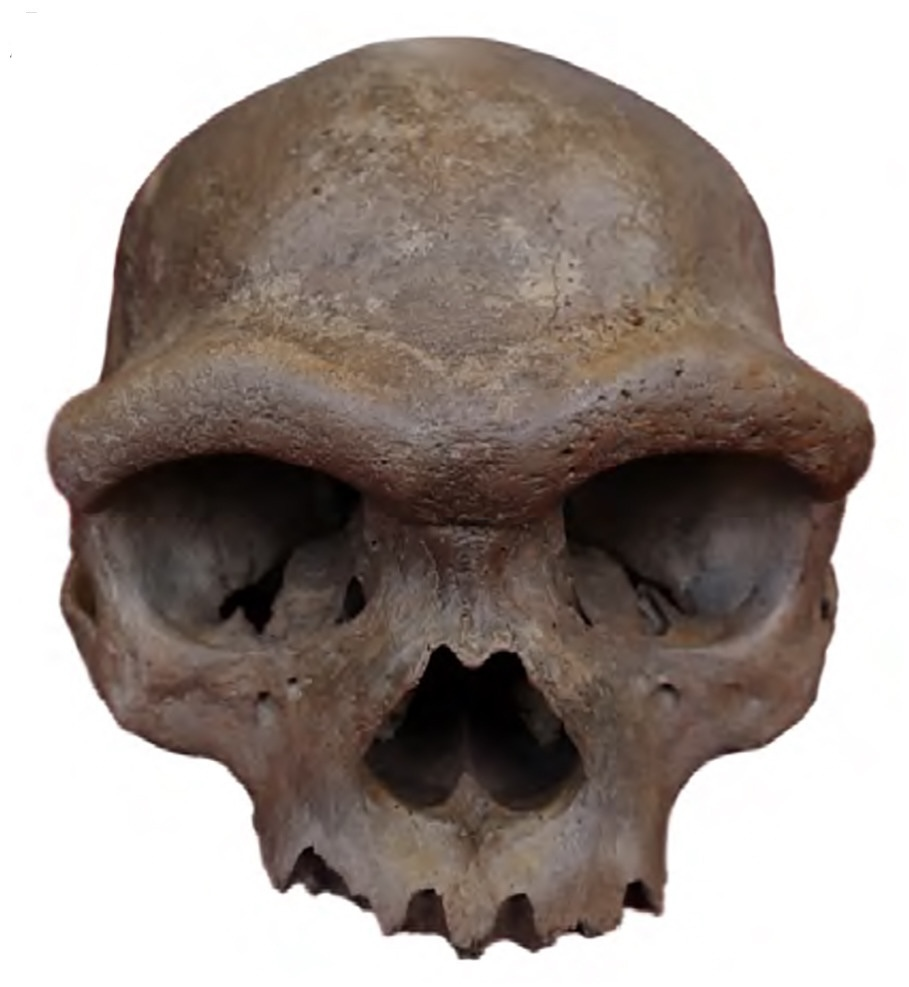
4. Identification as Homo longi
Morphometric analysis using 533 cranial landmarks positioned Yunxian 2 in the Asian Homo longi clade, comprising the Denisovans, and sister to the modern human clade. Phylogenetic analyses place Yunxian 2 as the most ancient known fossil in this clade, either as an intermediate at the H. longi-H. sapiens divergence time.
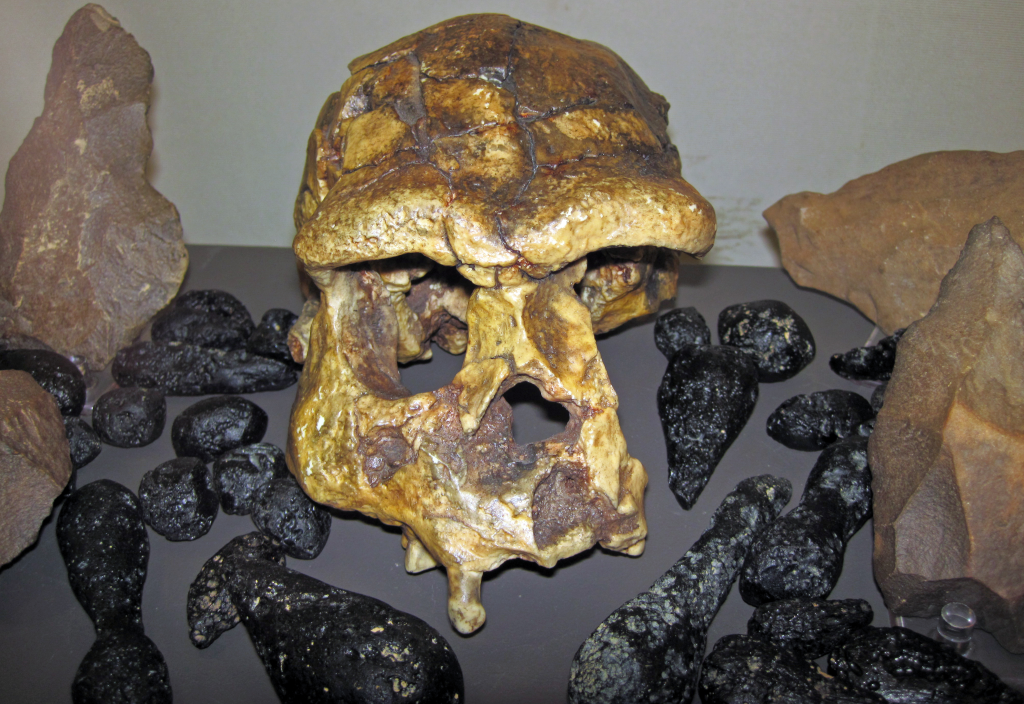
5. Revising the Evolutionary Timeline
Bayesian tip-dating estimates the divergence of the sapiens and longi clades at around 1.32 million years ago, with the Neanderthals diverging slightly earlier at 1.38 million years. That contradicts genetic models, which estimate the sapiens–Neanderthal–Denisovan divergence at somewhere between 700,000 and 500,000 years ago. Confirmation would imply that human lineages possessing large brains were already differentiated more than a million years ago.
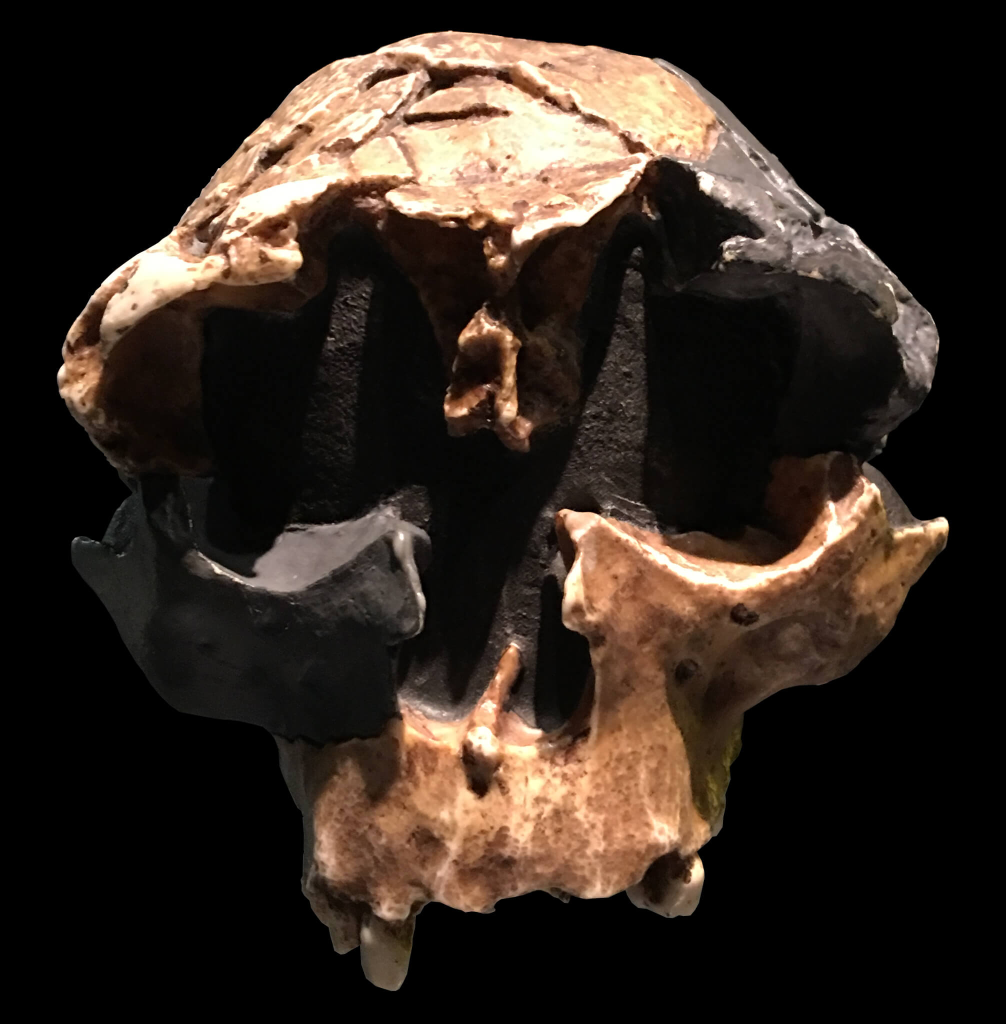
6. The “Muddle in the Middle”
The Middle Pleistocene fossil record between 300,000 and 1 million years ago has perplexed scientists for centuries with its shattered preservation and morphological variability. The blending of archaic and modern features in Yunxian 2 presents a unique point of reference for the clarification of relationships among modern populations, such as H. heidelbergensis, H. antecessor, and early H. sapiens.
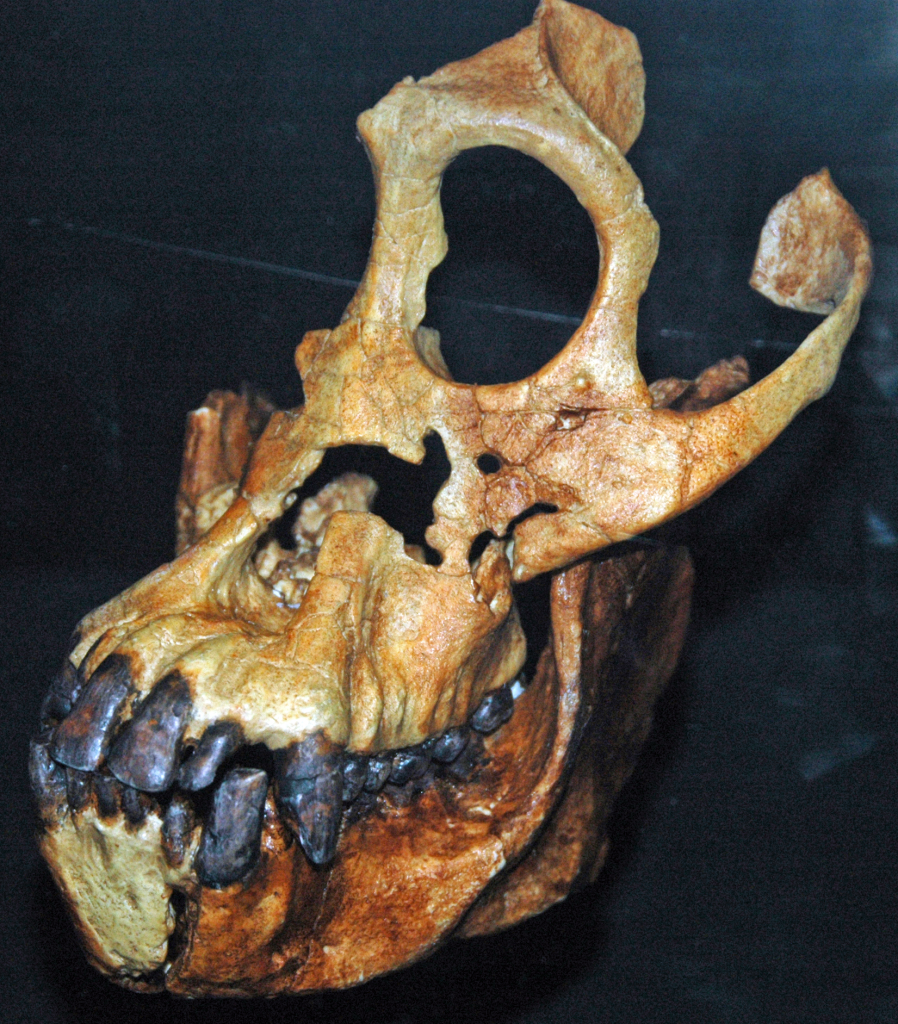
7. Implications for Geographic Origins
Although the first undisputed H. sapiens fossils are African (~300,000 years), Yunxian 2 suggests that our ancestry goes further back and may include non-African populations. As Stringer said it, “It looks more likely that the ancestor was outside of Africa, perhaps in Western Asia,” though conclusions are still presumptive when African fossils of equivalent ages are included in comparative analysis.
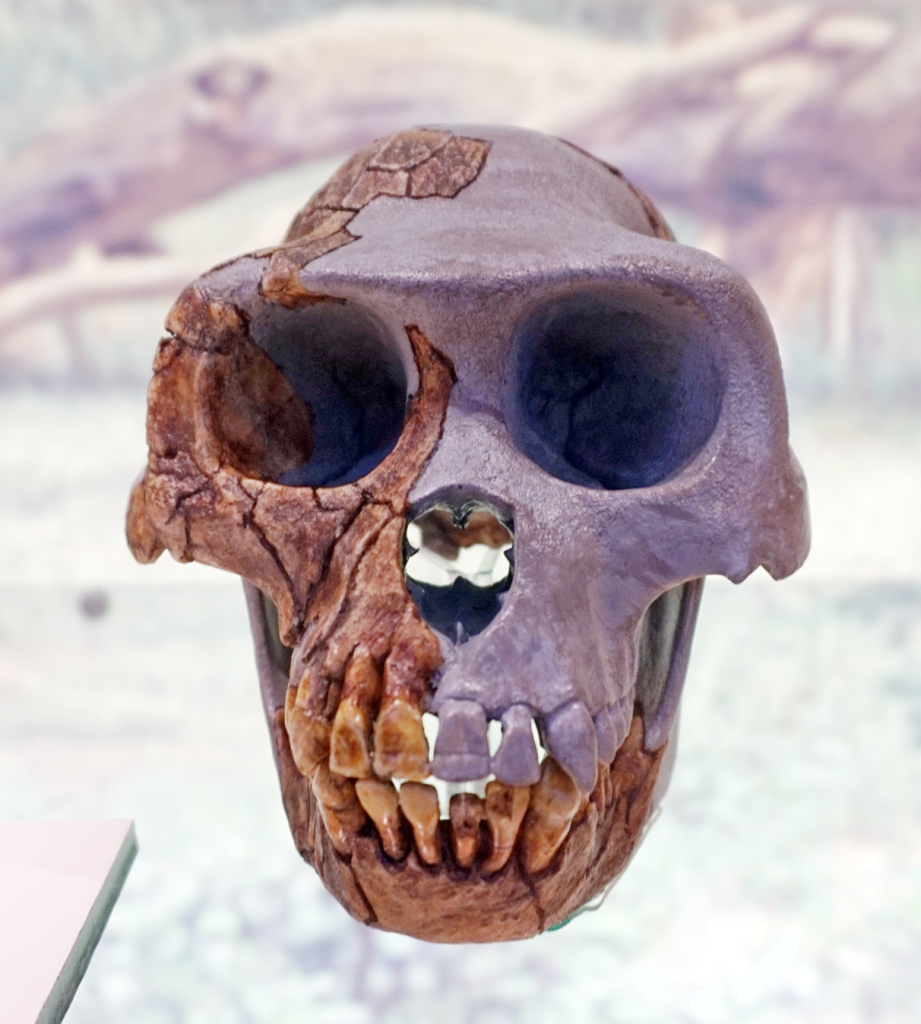
8. Technology’s Expanding Role
The research indicates how developments in engineering imaging and computation modeling are revolutionizing paleoanthropology. Virtual reconstruction methods previously used for Ardipithecus and Sahelanthropus are now applied to reconstruct delicate morphological information from extremely damaged fossils. In the case of Yunxian 2, this involved separating minute endocranial contours and face geometry key to phylogenetic position.
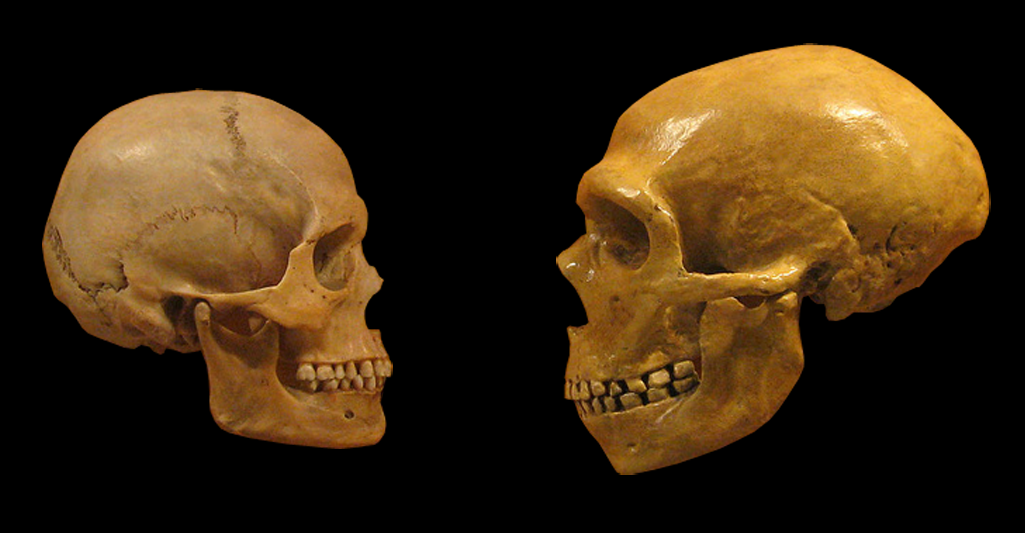
9. Future Prospects
The third Yunxian skull, found in 2022 and more complete in its description, is under examination. Its analysis could further confirm or flesh out the existing phylogenetic model and shed more light on the quick diversification of early Homo lineages. With increasingly available genetic sampling from Denisovans and other fossil sources, the convergence of morphological and molecular data can put to rest the remaining mystery surrounding the ancient splits in our tree. The Yunxian 2 reconstruction not only re-dates one fossil, but also re-writes the whole history of human evolution, uncovering an older more complex pattern of lineages than before.
